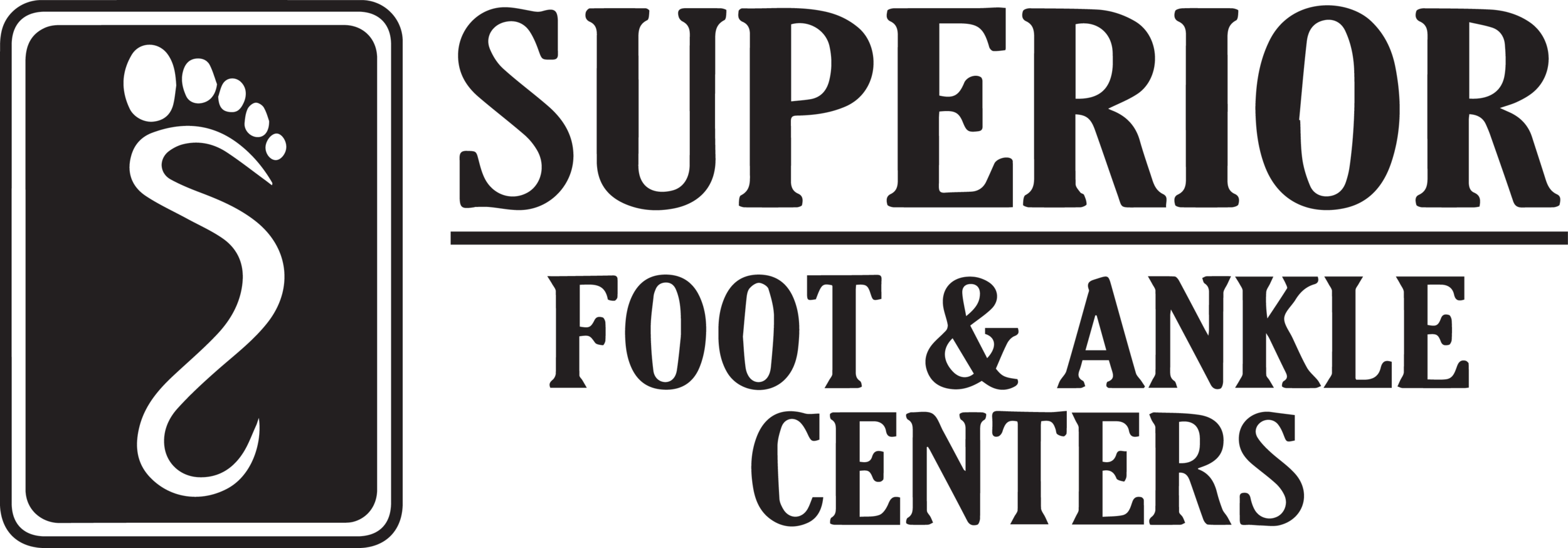HEALING BENEFITTED WITH PROLOTHERAPY
Some say our healthcare system needs to make a U-turn, a radical shift in its approach. Are we curing hypertension with our medications? Our approach to many musculoskeletal problems consists of masking symptoms, which is generally what’s happening with an anti-inflammatory, orally or injected. In effect, we’re hoping that mother nature will eventually heal the problem so the patient can discontinue the drug.
Pharmaceutical use, in general, exemplifies our approach, in which medications are able to control the condition or relieve symptoms, but without having any appreciable effect on healing. Our treatments are often based on drug therapies: if you have a symptom, there is a prescription for it. Unfortunately, most of our drugs have the potential for some type of complication and it’s generally impossible to say who will experience an untoward and undesirable side effect.
Regenerative medicine, a much newer concept, seeks to aid in the process that leads to healing, be it the production of a new plantar fascia or a stronger tendon. What about the regeneration of the cartilage lining a joint? This latter goal is the holy grail of orthopedic medicine and some early studies appear to indicate these techniques may stimulate the growth of a fibrous type of cartilage. This is not hyaline cartilage, the kind found in a joint, but it certainly is more effective than bone on bone.
Our current regenerative techniques utilize a wholly different approach than traditional medicine. There are a variety of therapies and treatments falling under the auspices of regenerative medicine, all harnessing this concept of enhanced healing. One of the longest used is prolotherapy, an injection technique, in which some naturally occurring substance is injected into an area of pain or injury. Prolotherapy doesn’t use pharmaceuticals, aka drugs, true for all regenerative techniques, so the adverse effects associated with drugs aren’t seen.
Prolotherapy would seem to initiate acute inflammation which, it turns out, is an essential component of tissue repair. The term “inflammation” has gotten a bad rap in the media and that is appropriate when it’s the chronic type, which has many negative consequences and connotations. Very different is acute inflammation, which clearly is an essential part of the healing cascade. We don’t see problems after prolotherapy, other than those of being stuck with a needle.
The term ‘prolo’ stands for proliferation, referring to the increased production of healthy tissue in response to the treatment. Prolotherapy always requires multiple injections, with three the usual starting point. Some individuals need more but, in my experience, this is sufficient in most cases. Since the initial one rarely produces any noticeable reduction in symptoms (since healing is a process and not an “on-off switch”), a patient not informed of its gradual nature may refuse the 2nd and experience no improvement.
The administration of an anti-inflammatory or corticosteroid, the proverbial cortisone, indeed provides relief from pain, but only temporarily. But the absence of pain often leads the afflicted individual to be more active, stressing or re-injuring the part. This is important information for the brain, letting it know that there is an injury which needs to be protected or rested so that it might heal. But those drugs mentioned, although relatively benign when used sparingly (and they frequently aren’t), have this indirect but unfortunate consequence.
A popular buzzword seen in the media these days is that of stem cells and for good reason. These cells can form any kind tissue, whether it’s tendon, skin, etc. An infant is born with an abundance of these unspecialized cells, but they are also found in an adult, primarily in bone marrow and adipose (fat) tissue. Prolotherapy appears to stimulate the recruitment of stem cells to the area where the injection was performed so that they can build you a new(er) plantar fascia.
Our bodies come equipped with amazing powers of regeneration and stem cells seem to be part of these events. They are repairing damage and building new tissue every minute of the day. But we have much to learn about the process of healing, at least on a molecular level. In effect, until we learn more, we are stumbling blindly in the dark in our attempts to speed this process of tissue repair.
Although these utilize very different concepts from the approach most Americans are used to, the experience of many practitioners demonstrates their benefits. Indeed, prolotherapy is used worldwide and has been so for over 85 years. Unfortunately, we are in the early stages of utilizing these techniques: we don’t truly understand, on a deeper level, how these work. But that can be said for many things in medicine and healthcare, many drugs included.
With sufficient funding of research, perhaps we will someday uncover the keys to healing and tissue repair. Many believe the potential is there, perhaps even something as far-fetched as growing a new limb, like some kind of salamander. This has been the stuff of science fiction but with the funding of good studies, an effort seemingly in jeopardy these days, the potential for amazing gains in the field of regenerative medicine are out there.
